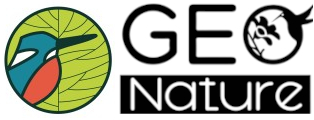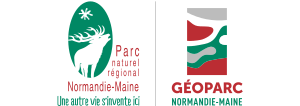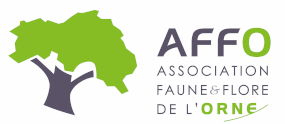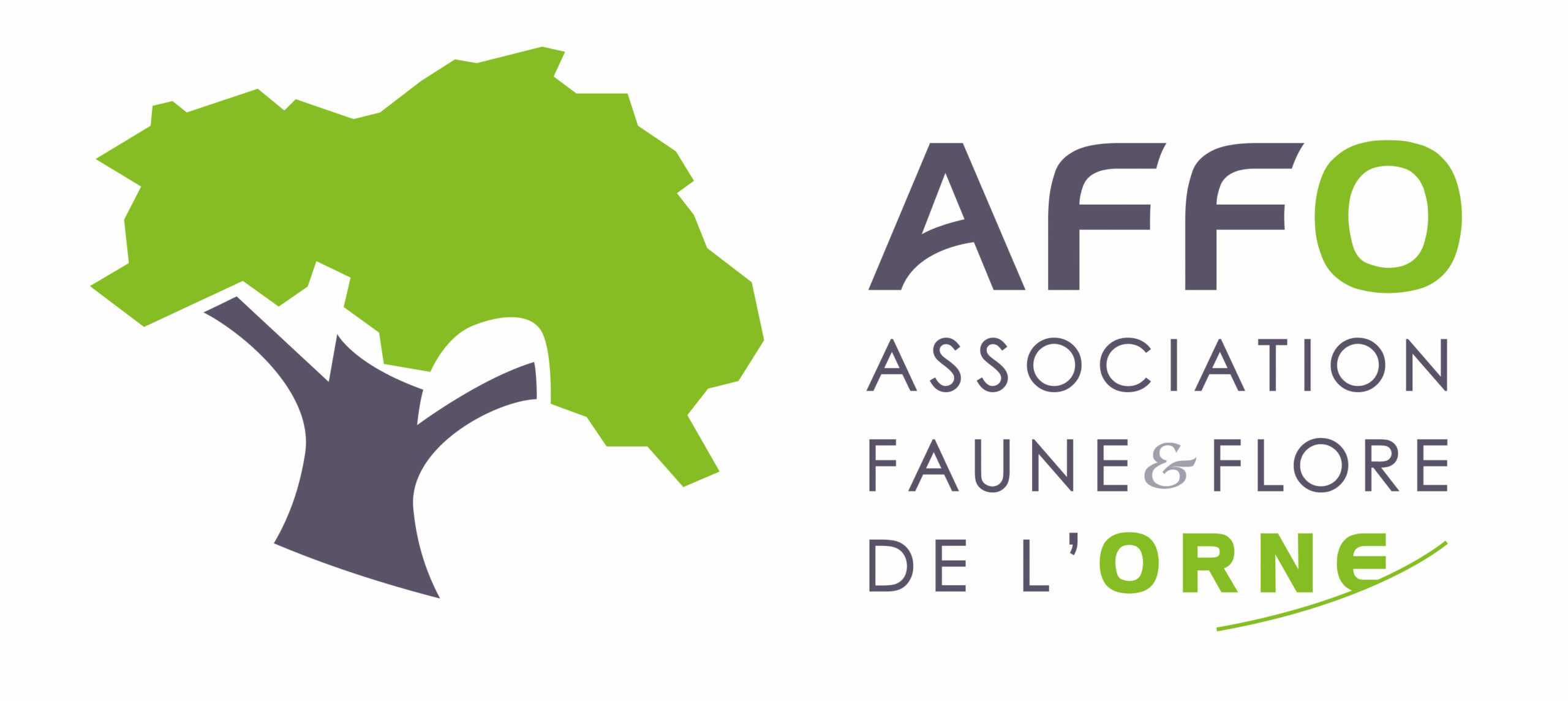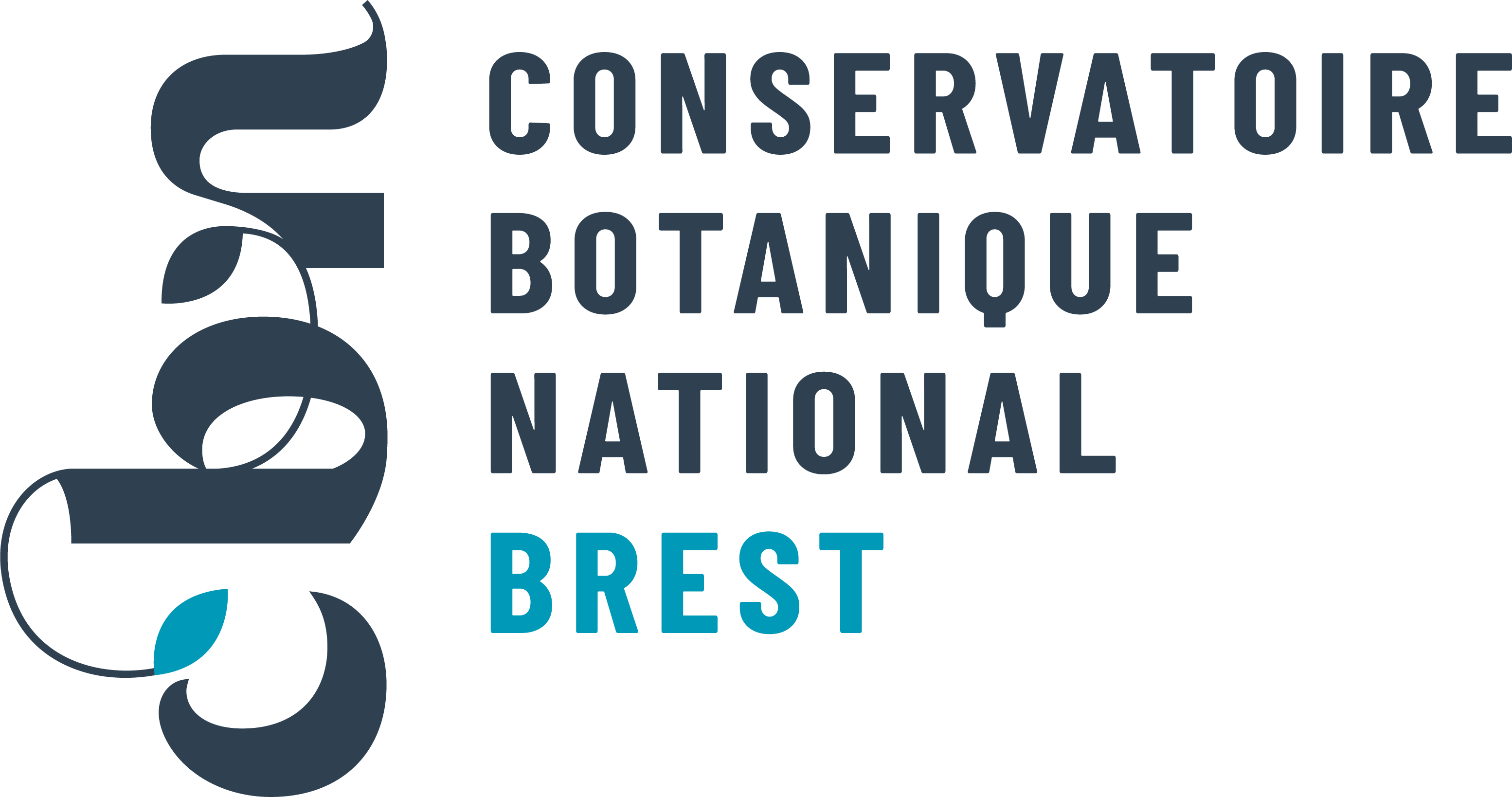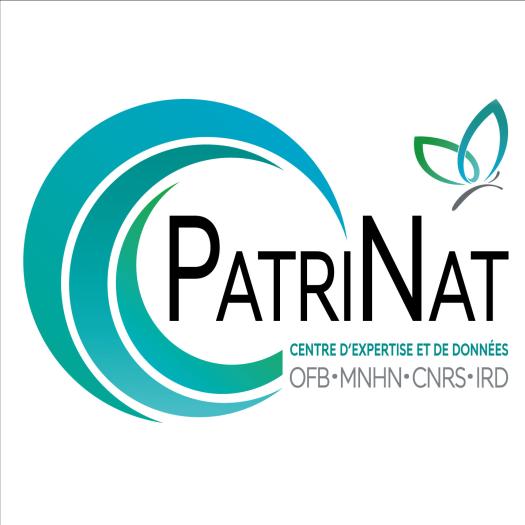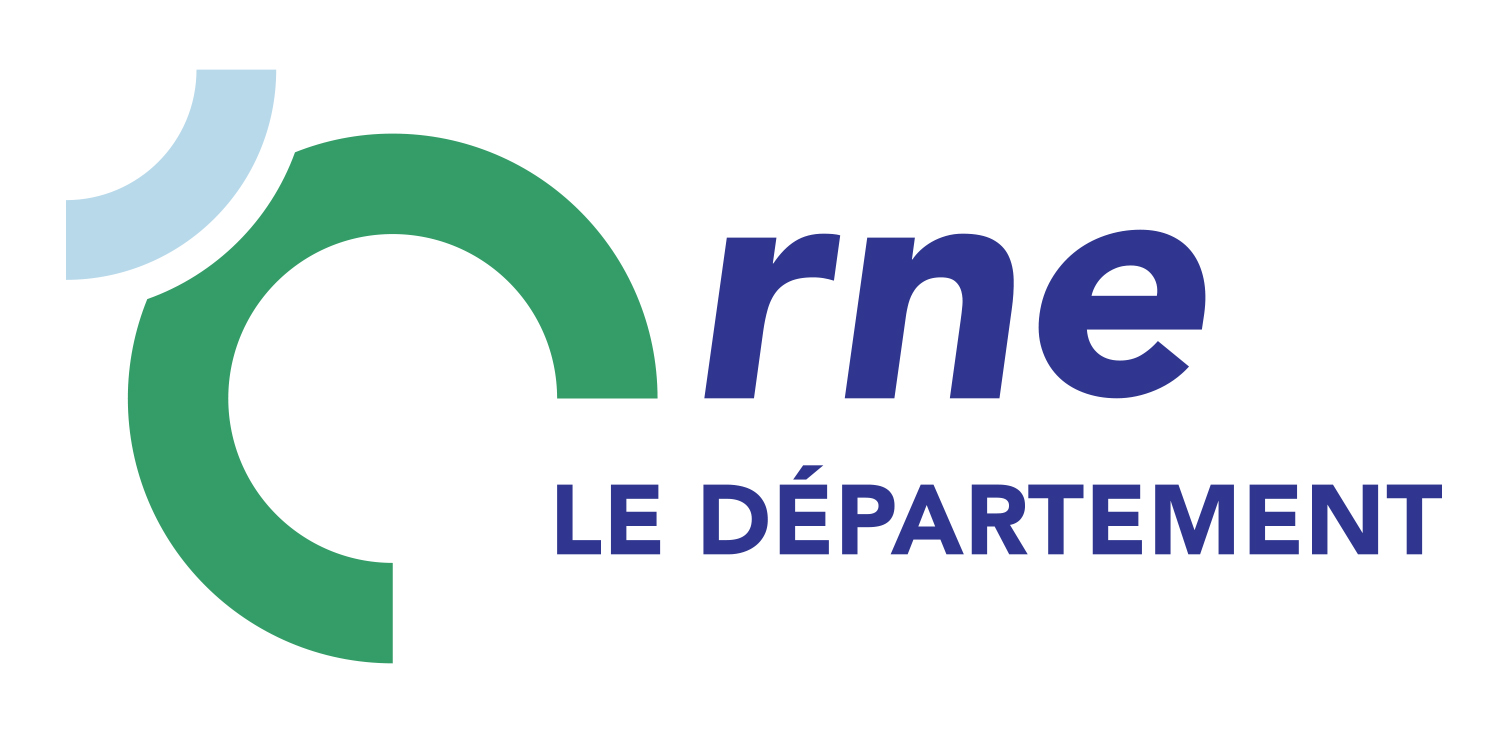Linaigrette à feuilles étroites
Eriophorum angustifolium Honck., 1782

Où cette espèce a-t-elle été observée ?
 Attention : cette espèce peut être présente où il n’y a pas de maille, mais à ce jour elle n’y a pas encore été observée.
Attention : cette espèce peut être présente où il n’y a pas de maille, mais à ce jour elle n’y a pas encore été observée.
- 130 observations
-
23
communes -
48
observateurs
9
organismes -
Première observation
1866 -
Dernière observation
2025
Arcisses - Authon-du-Perche - Beaumont-les-Autels - Chapelle-Guillaume - Charbonnières - Courgeoût - Cour-Maugis sur Huisne - Feings - La Chapelle-Montligeon - Le Mage - Les Genettes - L'Hôme-Chamondot - Longny les Villages - Manou - Moulhard - Moutiers-au-Perche - Saint-Éliph - Saintigny - Saint-Jean-Pierre-Fixte - Saint-Langis-lès-Mortagne - Senonches - Thiron-Gardais - Tourouvre au Perche
-
Conservatoire botanique national du Bassin parisien (CBNBP)
Participation à 47 Observations
Part d'aide à la prospection : 36.15 %
Fiche organisme
-
Association Faune & Flore de l'Orne (AFFO)
Participation à 35 Observations
Part d'aide à la prospection : 26.92 %
Fiche organisme
-
Conservatoire Botanique National de Brest (CBNB)
Participation à 28 Observations
Part d'aide à la prospection : 21.54 %
Fiche organisme
-
PNR du Perche
Participation à 22 Observations
Part d'aide à la prospection : 16.92 %
Fiche organisme
-
PNR et géoparc mondial UNESCO Normandie-Maine
Participation à 19 Observations
Part d'aide à la prospection : 14.62 %
Fiche organisme
-
UMS PatriNat (OFB-CNRS-MNHN)
Participation à 18 Observations
Part d'aide à la prospection : 13.85 %
Fiche organisme
-
Ministère de la Transition écologique et de la Cohésion des territoires
Participation à 14 Observations
Part d'aide à la prospection : 10.77 %
Fiche organisme
-
Conseil départemental de l'Orne (bureau ENS)
Participation à 5 Observations
Part d'aide à la prospection : 3.85 %
Fiche organisme
-
Institut floristique franco-belge (IFFB)
Participation à 3 Observations
Part d'aide à la prospection : 2.31 %
Fiche organisme
Informations espèce
Source : Biodiv'Écrins, Parc national des Écrins
C1.47 : Lagg
D1.1121 : Cuvettes à Sphaignes
D1.1122 : Cuvettes à fond boueux
D1.114 : Boreoalpine dwarf-shrub hummocks on raised bogs
D1.2 : Tourbières de couverture
D2.2 : Bas-marais oligotrophes et tourbières des sources d'eau douce
D2.32 : Tourbières tremblantes à Carex diandra
D2.38 : Radeaux de Sphagnum et d'Eriophorum
D2.392 : Oroboreal bog bean-sphagnum rafts
D2.393 : Boreoalpine dwarf willow quaking bogs
D2.394 : Boreal bogbean-brown moss carpets
D2.3H2 : Boreal mud-bottom communities
D2.3I : Balkanic quaking bogs
D3.224 : Small sedge mud-bottom flarks
D4.122 : Scottish brown bogrush fens
D4.134 : Carpathian Davall sedge fens
D4.162 : Boreal black sedge-brown moss fens
D4.163 : Icelandic black sedge-brown moss fens
D4.1C : Bas-marais alcalins à Carex rostrata
D4.1J : Icelandic Carex bigelowii fens
D4.261 : Eriophorum marsh-fens
F1.2 : Moss and lichen tundra
Répartition actuelle en France métropolitaine
© INPN - Avertissement : les données visualisables reflètent l'état d'avancement des connaissances et/ou la disponibilité des données existantes au niveau national : elles ne peuvent en aucun cas être considérées comme exhaustives.
Répartition actuelle dans le monde
Avertissement : les données visualisables reflètent l'état d'avancement des connaissances et/ou la disponibilité des données existantes au niveau mondial : elles ne peuvent en aucun cas être considérées comme exhaustives.





